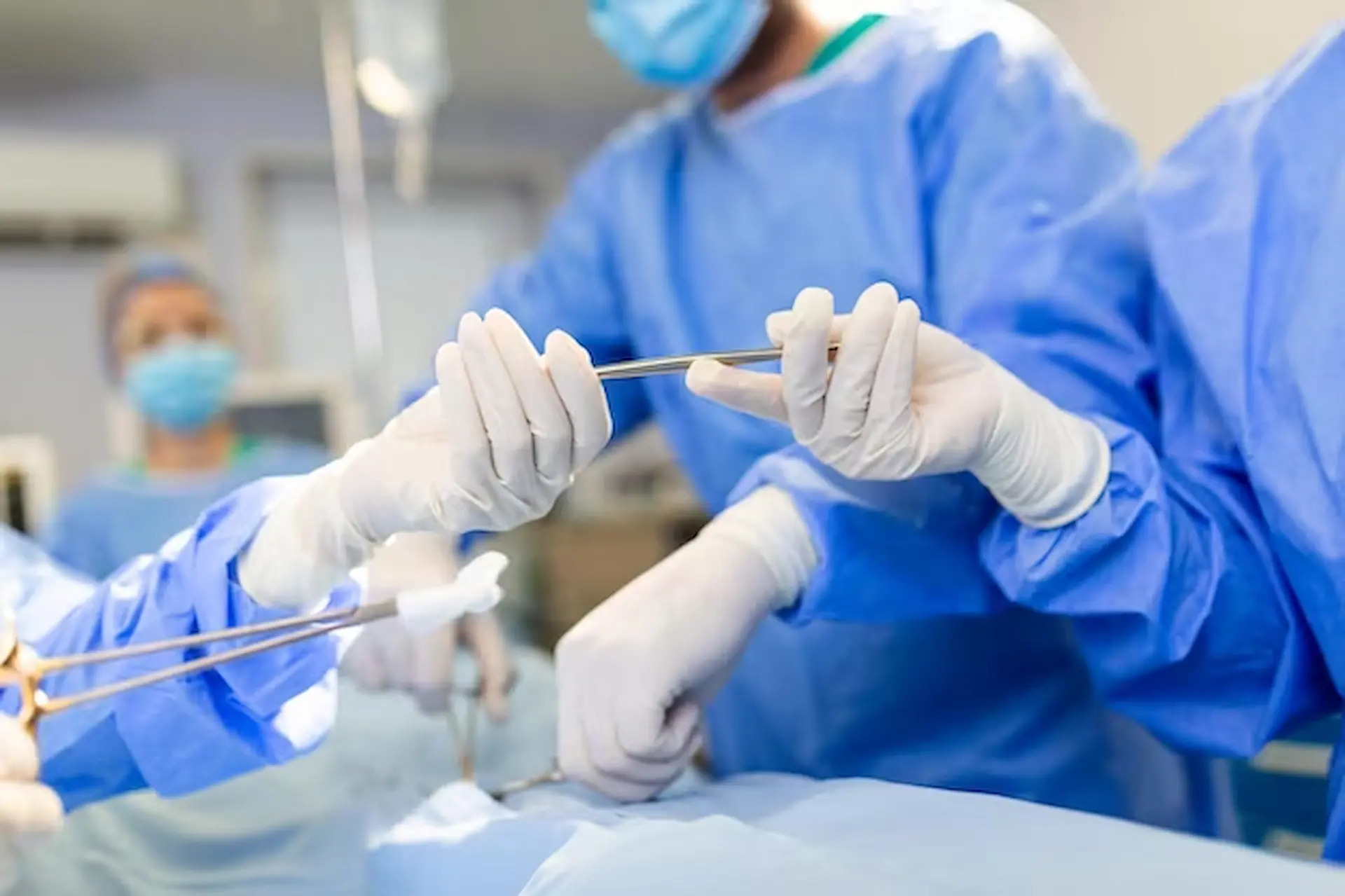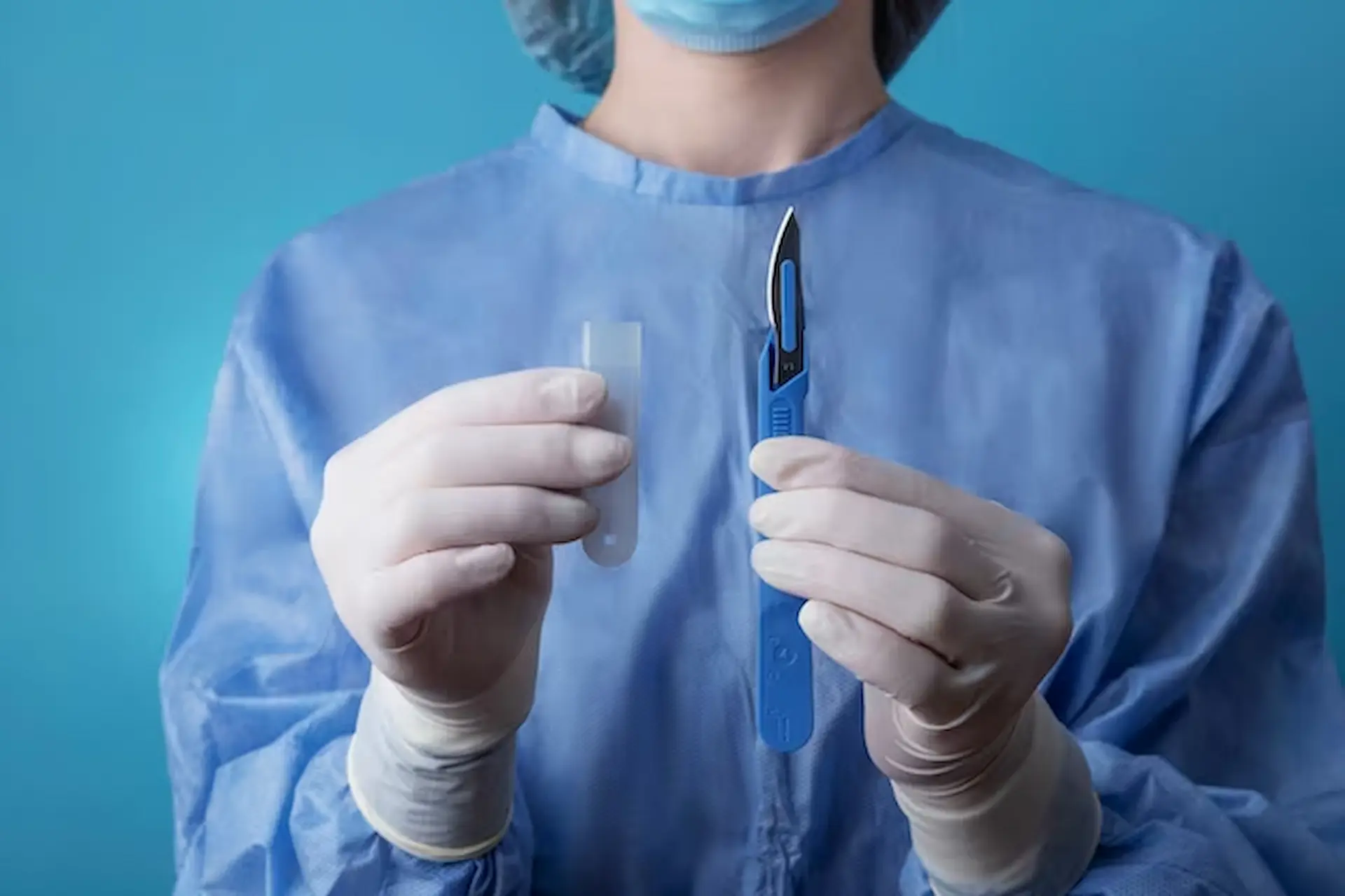The journey toward self-discovery and openness is a meaningful and uplifting experience in a world that values difference. Gender-affirming surgery is a transformative process that extends beyond physical changes for many people to realize their authentic identities. It is a journey towards one’s true self.
In this article, we investigate the many facets of gender-affirming surgery, diving into the emotional, psychological, and societal components of this transforming journey. We’ll discuss the challenges patients may encounter, possible outcomes, and alternatives. Read on!
6 Things You Need to Know About Preparing for Gender Affirmation Surgery
Gender-affirming surgery can be a challenging process. This is a critical decision that will alter all of the cycles in your life as well as your body. Do not be alarmed by this; a trip toward your own essence can never go wrong! It is, nonetheless, normal to feel anxious.
You may believe you are venturing into the unknown, and you may be losing sleep over the possibilities. Here are a few ways to help you feel more at ease and confident about gender-affirming surgery:

1. You’re not Alone: Talk with Others
First and foremost, communicate, share, and explain! Don’t be afraid to express your feelings about the procedure, as well as your hopes and anxieties. You should be aware that any emotion, favorable or negative, will be treated with the same love. At this moment, you can seek support from family and friends, as well as from your doctor. The most effective treatment for easing your concerns is the advice of a qualified, experienced professional.
Knowing that you are not alone in this process and honestly communicating what you are going through, is excellent for your soul and will help you make a more confident decision. If you’re having trouble opening up to people around you, you can join online communities of people who have gone through similar circumstances and learn from their experiences.
The penultimate step in this process is for the sufferer to isolate himself and withdraw into his shell. Now is the time to be open about what you’re going through! You should never forget that you are genuine people who bravely make life-changing decisions.
2. Have A Consultation For Gender Confirmation Surgery
You’ve made your decision and are confident in it. What happens next? The next stage is to find your doctor. At this point, you can review doctors’ pages, social media, portfolios, news outlets, and take a look at patient comments to evaluate your options.
However, you cannot decide your doctor based on the results of your online research. All you have to do after calling your clinic and scheduling an appointment is make yourself at ease and show up!
It is very important that the doctor you choose has specific experience in this surgery, is detailed and reassuring in explaining the processes to you, and is a certified professional. While receiving advice from your doctor, you should ask all the questions that come to your mind and do not hesitate. You should definitely discuss possible risks, the recovery process, and pre-and post-operative instructions.
3. Have A Support System
Having a support system during the gender-affirming surgery process is very important for the speed of your recovery and your mental health. We can define a support system as a network made up of family, friends, and acquaintances.
These ties, which can provide emotional, physical, and occasionally financial support, are not only crucial for us to carry on with our lives, but they also become critical during a sensitive phase such as the surgery process.
Even one person who understands you and wants to support you wholeheartedly can make a significant difference! Do not be afraid to seek help and guidance from those around you, and be proud of how far you have come.
4. Follow Pre-Surgery Medical Instructions
In order to get the maximum benefit from the process and facilitate recovery, you must be sensitive and attentive to your doctor’s pre-and post-operative instructions. The time before gender-affirming surgery is spent psychologically and physically preparing for the procedure. You can get help from an expert psychiatrist at this point.
Physically, it is recommended that you eat a nutritious diet, avoid smoking and alcohol, and keep your body hydrated by drinking enough of water. These suggestions are intended to preserve your overall health; it is critical that you enter the surgery in good health and strength.
Your doctor’s examination and analysis of your medical history may result in more personalized advice. For example, you may be instructed not to take specific medications or undergo a blood test. To ensure that the process runs successfully, you must trust your specialist and follow their instructions.

5. Weigh the Risks and Benefits of Surgery
You must be realistic and objective in order for the gender-affirming surgical process to go well. You should not drown in your fears, and you should not get trapped in a dream world where your feet never touch the ground.
As previously said, it is critical to discuss potential issues with your doctor. Directives such as how to solve such situations, how long it takes, what you should do and how, should be learned thoroughly. Let’s look at the benefits and downsides of the procedure to get an idea:
Benefits of Gender Affirmation Surgery
The joy! After years of confusion and insecurity, gender-affirming surgery will give you the freedom to be yourself. Finally, when you look in the mirror, you will see a person that reflects your true essence and you will enjoy it to the fullest. Your daily activities, social life and relationships will completely change and improve with your new, self-confident personality. Gender-affirming surgery can help many people overcome gender dysphoria, a difficult psychological state that arises when a person’s given gender at birth is incompatible with their gender identity. Surgery can realign your body with a sense of self, alleviating psychological anguish.
Risks of Gender Affirmation Surgery
As with every surgical intervention, gender-affirming surgery also has risks and disadvantages. Following surgery, there is a risk of infection, bleeding, and scarring. Furthermore, one of the major hazards is that the outcome of the surgery may not satisfy you. However, if the processes we mentioned above have been carried out and followed carefully, these risks have been minimized, so there is no need to worry.
6. Alternatives and Complementary Options
If you are not sure about gender-affirming surgery, you always have alternatives. Hormone therapy stands out as a viable option, allowing people to create physical changes such as breast development, body fat redistribution, and voice modification.
For those desiring a vocal adjustment, voice training, either with a speech therapist or through self-guided approaches, provides a non-surgical option. Some people may opt for chest binding or breast augmentation instead of or in addition to chest surgery. Hair removal procedures or facial hair transplanting can be used to address facial hair issues.
Gender-Affirming Surgery with MD. Burak Sercan
We talked about how gender-affirming surgery is a sensitive process and that it must be managed with care and skill. If you choose a specialist doctor, you will be guaranteed that the results of the vital decision you will make will satisfy you. MD. Burak Sercan is the person you are looking for because of his experience in the sector, the fascinating changes he creates, and the lives he touches. You can call our clinic immediately to get consulting and start the adventure that will take you to your new life!











